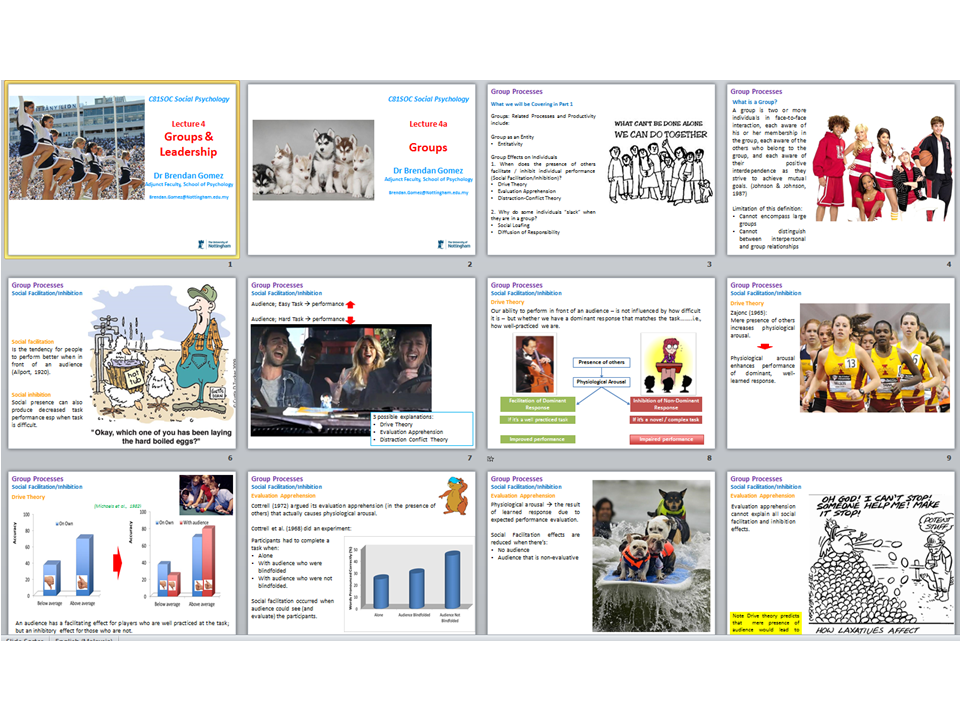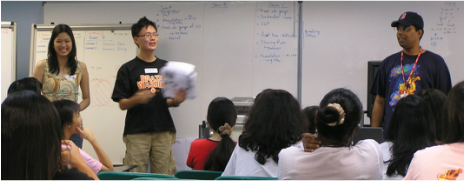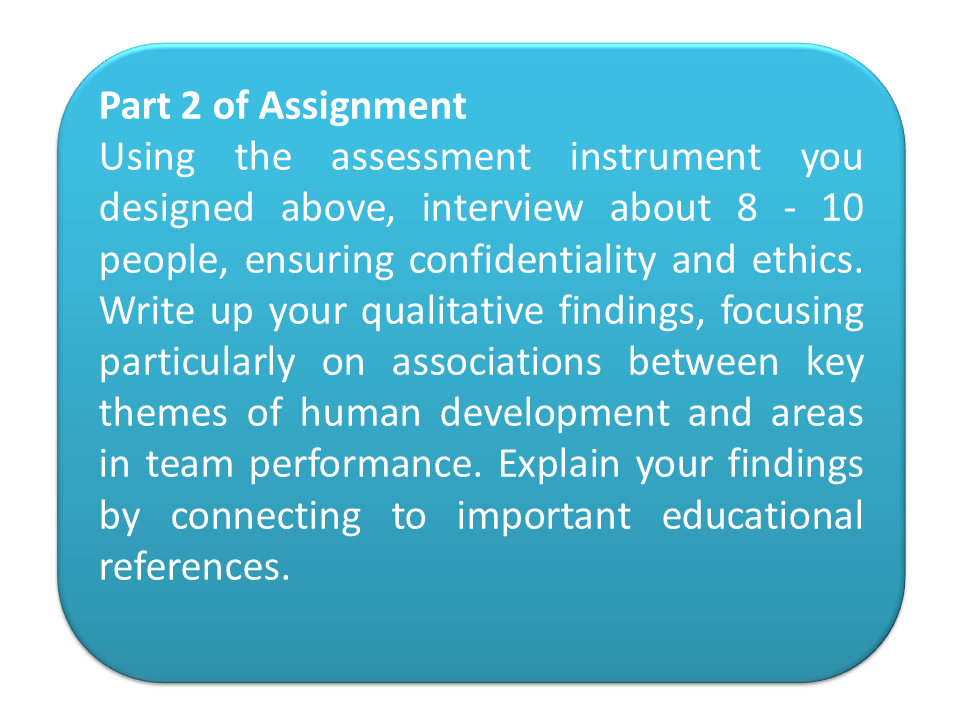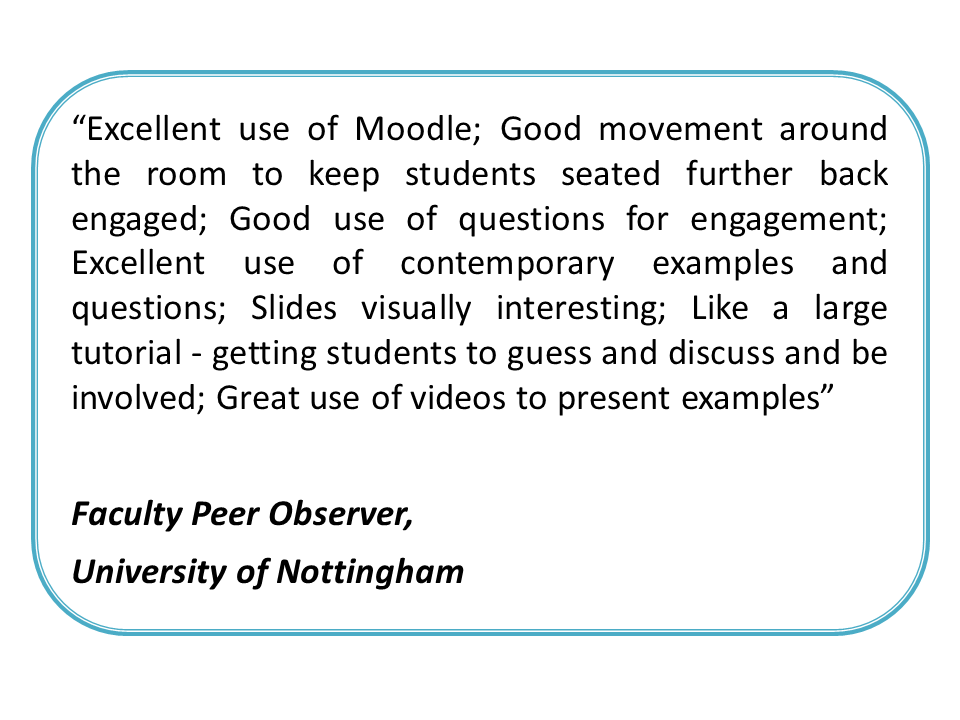Teaching Philosophy of Dr Brendan J Gomez
Bringing the World into Our Classroom, and Our Classroom into the World
|
My passion for teaching stems from the rewarding experience of seeing “light-bulbs” flash when I help facilitate learning connections between global information and specific life application. My teaching philosophy in psychology, particularly in areas of human development, social learning and organizational behaviour, are built on 4 pillars:
As a visualizer and creative learner, I bring to life written knowledge using visuals, photos, illustrations, videos and even cartoons that present information in both linear and lateral forms, so as students can SEE what they are learning – and visualize knowledge from different perspectives. I keep things simple, even the complicated. I have taught in universities, and in primary and secondary schools; and with a broad range of students from different national, racial, religious and language backgrounds. Thus, I am always putting myself in multiple shoes to ensure that knowledge presented is easily understood. I believe that even the most complex can be broken down into manageable units of understandable knowledge. I also create opportunities for arguments – cognitive arguments – where learners get to see different possible perspectives to a particular challenge. Questions are pre-planned to prime students to think and discuss in each lesson. Flexibility is given for students to pursue different directions within a topic. There are 5 key learning goals for my students, i.e. to learn how to:
In order to achieve these learning goals, a safe and facilitative classroom learning environment is created. My students realize from the beginning that there are no “silly” questions, and that most of what they say will add value to our sessions just as long as they are respectful to each other; thus, the creation of a safe learning environment. Different assessment modes are used throughout the semester to gauge student learning. This includes classroom participation, in-class group activities, quizzes, group assignments, and a final exam. I design my assignments to focus on current issues, and in challenging students to think of creative ways of applying learnt theories to address current issues and difficulties. Students are sent out into the community – to be up-close and personal with professionals and key people already involved in these issues. In doing so, students integrate research into the course. They develop research skills, critical thinking, interview skills, how to design surveys and construct data collection tools, the elements of ethics, and valuing human subjects protection. Living in various multi-cultural environments have instilled in me an appreciation for being culturally-sensitive and localizing information to fit the culture. In Malaysia, for example, while we may use a textbook from the United States, information needs to be contextualized to an Asian culture. Much of this is done by facilitating discussions on student’s perceptions and experiences within the local culture (or nations). For example, in discussing sexual violence in the workplace, students are asked to think about what is happening within local communities that may be socializing young men towards violence against women. Finally, I place great value in bringing together information from each of my classes within a course to mind-map how they connect to create a coherent and global story, particularly in how we respond to our larger world, i.e. Bringing the World to the Classroom, and Classroom to the World. Dr Brendan J Gomez |
Through collaborative learning, students find learning new skills enjoyable.
I create powerpoints and find visuals that best illustrates areas of knowledge I wish to communicate.
Sessions are interactive and student-led discussions and presentations are encouraged.
An example of an assignment I provide my students in the Psychology of Coaching program
|




